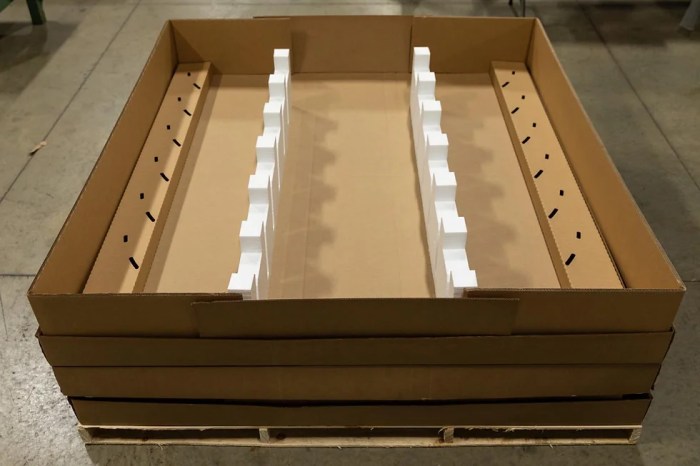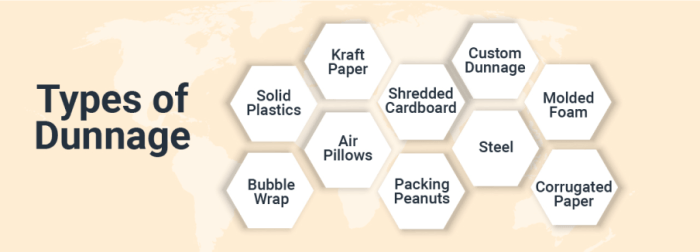What are the minimum dimensions for dunnage? This fundamental question lies at the heart of effective cargo handling, impacting safety, efficiency, and cost-effectiveness across diverse industries. Understanding these dimensions is crucial for optimizing packaging and preventing damage during transportation and storage.
Dunnage, a versatile material used to secure and protect goods, plays a vital role in safeguarding valuable assets. Its dimensions must adhere to industry standards and regulations while considering factors such as product weight, size, shape, and fragility. This article delves into the intricacies of dunnage dimensions, exploring the influence of material properties, design configurations, and practical applications.
Minimum Dimensions for Dunnage

Dunnage plays a crucial role in various industries, including manufacturing, transportation, and logistics. It serves to protect goods from damage during storage, handling, and transit. By providing support and separation, dunnage ensures the stability and integrity of products.Dunnage can be defined as any material used to fill empty spaces and provide support to goods during storage or transportation.
It can be made from a variety of materials, including wood, plastic, metal, and cardboard. The type of dunnage used depends on the specific application and the weight, size, and fragility of the goods being handled.
Detailed FAQs: What Are The Minimum Dimensions For Dunnage
What is the purpose of dunnage?
Dunnage serves multiple purposes, including securing goods during transportation, preventing damage from impact and vibration, and facilitating proper ventilation.
How are dunnage dimensions determined?
Dunnage dimensions are influenced by factors such as product weight, size, shape, fragility, and industry regulations.
What are the different types of dunnage materials?
Common dunnage materials include wood, plastic, foam, and corrugated cardboard, each offering unique advantages in terms of strength, durability, and cost.


